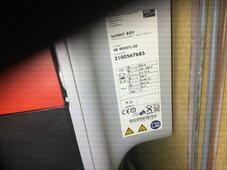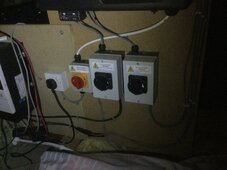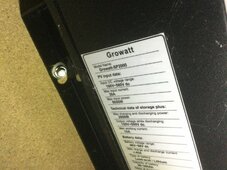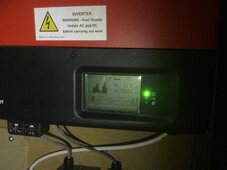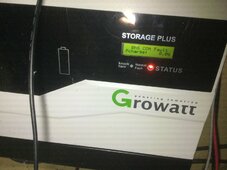Vic.chrissy
New Member
I like to understand how grid tie solar with batteries bank work .
I thought that while the batteries have charge and the panels and working that any power used in the house would first come from the batteries and the panels and if any other power was needed or if the batteries where low ,it would be taken from the grid ,
Come night time if the batteries where charged once again the power would first come from the batteries.
Is that not correct?
reading a bit more into this it seems I wrong ,
That all power generated from the panels go into the grid which earn income from The power company and the batteries bank is only there should there be a power cut , in which case it will then come into play,
If that is the case what’s the point in having a batteries back up ,
It seems a big investment just in case of a power cut .
I be Interested In being put right by the knowledgeable guys out there .
I thought that while the batteries have charge and the panels and working that any power used in the house would first come from the batteries and the panels and if any other power was needed or if the batteries where low ,it would be taken from the grid ,
Come night time if the batteries where charged once again the power would first come from the batteries.
Is that not correct?
reading a bit more into this it seems I wrong ,
That all power generated from the panels go into the grid which earn income from The power company and the batteries bank is only there should there be a power cut , in which case it will then come into play,
If that is the case what’s the point in having a batteries back up ,
It seems a big investment just in case of a power cut .
I be Interested In being put right by the knowledgeable guys out there .





